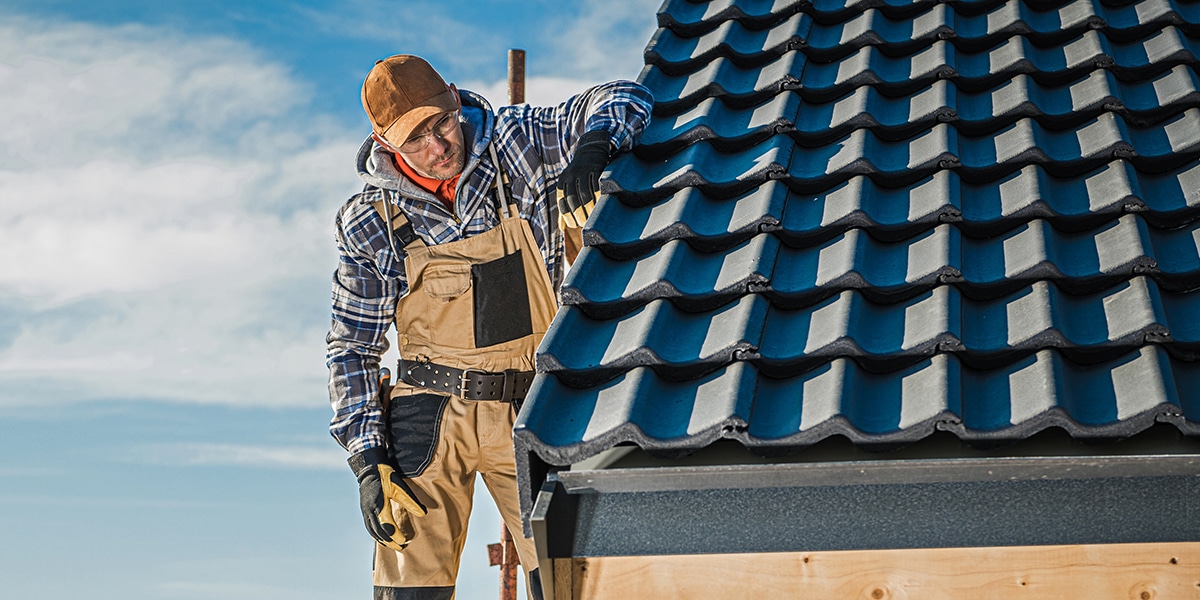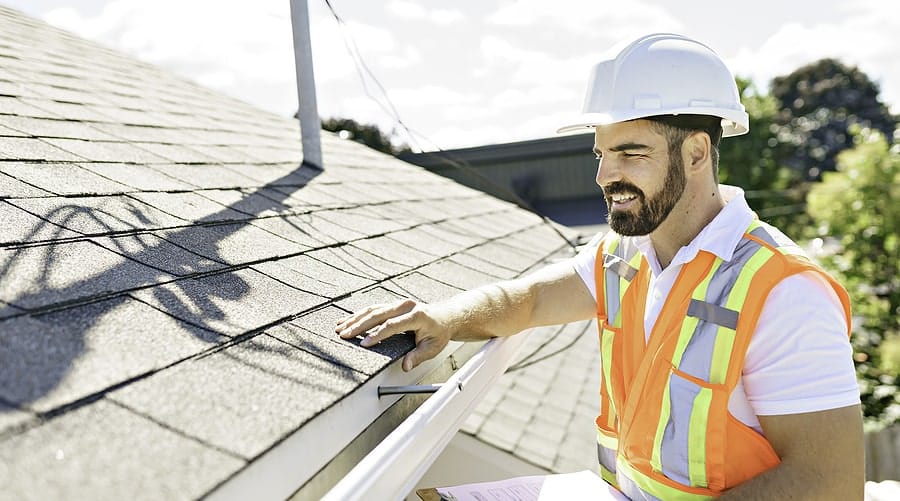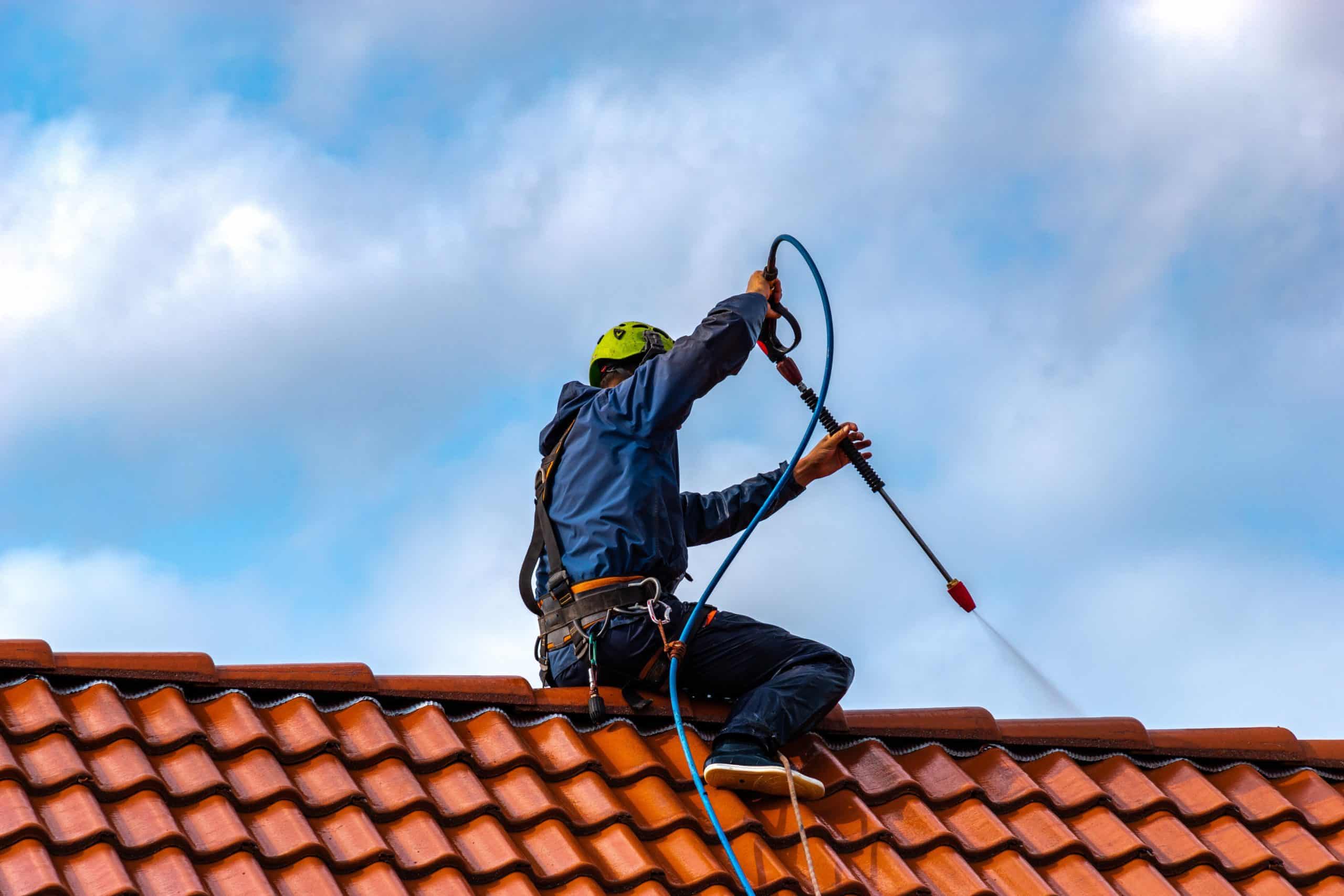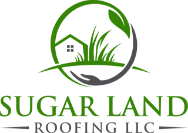Common Roof Damage Fixes Every Homeowner Needs
Maintaining a roof in good condition is crucial for protecting your home from weather and structural damage. Understanding common roof damage issues and how to address them can save homeowners significant time and money. This comprehensive guide will explore the most common types of roof damage and provide actionable solutions for each issue.
Understanding Common Roof Damage
Roofs are constantly exposed to the elements, leading to various types of damage over time. Common roof damage can range from minor leaks to significant structural issues. Recognizing these problems early and knowing how to address them is essential for maintaining a safe and durable roof.

1. Roof Leaks
Roof leaks are among the most prevalent issues homeowners face. They can be caused by various factors, including damaged shingles, cracked flashing, and clogged gutters.
Causes of Roof Leaks
- Damaged Shingles: Shingles can crack, curl, or go missing due to weather conditions or aging.
- Cracked Flashing: Flashing around chimneys, vents, and skylights can deteriorate over time, allowing water to seep through.
- Clogged Gutters: Debris in gutters can cause water to back up and infiltrate the roof.
Solutions for Roof Leaks
- Regular Inspections: Conduct regular roof inspections to identify and repair damaged shingles and flashing.
- Gutter Maintenance: Clean gutters regularly to ensure proper water drainage.
- Professional Repair: Hire a professional to fix significant leaks and prevent further damage.
2. Wind Damage
High winds can cause considerable damage to roofs, particularly by lifting and removing shingles or causing tree branches to fall on the roof.
Signs of Wind Damage
- Missing Shingles: Shingles blown off by strong winds.
- Lifting Shingles: Shingles that appear curled or lifted at the edges.
- Debris Impact: Damage from fallen branches or debris.
Preventive Measures and Repairs
- Reinforce Shingles: Use roofing nails and adhesive strips to secure shingles better.
- Trim Trees: Regularly trim trees around your home to minimize the risk of branches falling on the roof.
- Prompt Repairs: Address any wind damage immediately to prevent water infiltration and structural issues.
3. Roof Punctures
Punctures can occur from various sources, such as falling tree branches, wildlife, or foot traffic from maintenance work.

Common Causes
- Falling Debris: Branches and other debris can puncture the roof during storms.
- Wildlife: Animals like squirrels and birds can create holes in the roof while nesting.
- Foot Traffic: Maintenance workers walking on the roof can accidentally cause punctures.
Repair Techniques
- Patch Small Holes: Use roofing cement and patches for small punctures.
- Replace Damaged Sections: For larger punctures, replace the affected shingles or roofing material.
- Protective Measures: Install protective barriers or reinforce weak areas to prevent future punctures.
4. Water Damage
Water damage often results from prolonged exposure to moisture, leading to issues like mold growth, rot, and structural weakening.
Identifying Water Damage
- Stains on Ceilings: Brown or yellow stains on interior ceilings.
- Mold Growth: Visible mold on the roof or inside the attic.
- Soft Spots: Areas on the roof that feel spongy or soft.
Addressing Water Damage
- Improve Ventilation: Ensure proper attic ventilation to reduce moisture buildup.
- Repair Leaks: Fix any roof leaks promptly to prevent water damage.
- Professional Assessment: Hire a professional to assess and repair extensive water damage.
5. Hail Damage
Hailstorms can cause significant damage to roofs by denting, cracking, or dislodging shingles.

Effects of Hail
- Dented Shingles: Small dents or pockmarks on the shingles.
- Cracked Shingles: Shingles cracked by the impact of hailstones.
- Granule Loss: Loss of protective granules from shingles.
Repair and Prevention
- Inspect After Storms: Check the roof for damage after hailstorms.
- Replace Damaged Shingles: Replace shingles that are cracked or severely dented.
- Impact-Resistant Shingles: Consider installing impact-resistant shingles for better protection.
Preventive Measures to Avoid Common Roof Damage
Taking preventive measures can significantly reduce the likelihood of roof damage and extend the life of your roof.
Regular Inspections
Conducting regular roof inspections is crucial for early detection and repair of potential issues.
Inspection Checklist
- Check for Missing or Damaged Shingles: Look for any signs of wear and tear.
- Inspect Flashing: Ensure flashing around chimneys, vents, and skylights is intact.
- Examine Gutters: Make sure gutters are clean and free of debris.
Proper Maintenance
Regular maintenance can prevent many common roof damage issues.
Maintenance Tips
- Clean Gutters: Regularly clean gutters to ensure proper water drainage.
- Trim Trees: Keep trees trimmed to avoid branches falling on the roof.
- Remove Debris: Clear any debris from the roof surface to prevent damage.
Professional Services
Hiring professional roofing services can ensure your roof is well-maintained and any issues are promptly addressed.
Benefits of Professional Services
- Expertise: Professionals have the skills and knowledge to handle various roofing issues.
- Quality Repairs: Ensure high-quality repairs that last longer.
- Safety: Professionals use safety equipment and techniques to prevent accidents.

FAQs about Common Roof Damage
Q1: How often should I inspect my roof? A1: It’s recommended to inspect your roof at least twice a year, preferably in the spring and fall, and after major storms.
Q2: What are the most common signs of roof damage? A2: Common signs include missing or damaged shingles, water stains on ceilings, mold growth, and granules in gutters.
Q3: Can I repair roof damage myself? A3: Minor repairs like replacing a few shingles can be done yourself, but major repairs should be handled by professionals to ensure safety and quality.
Q4: How can I prevent roof damage from storms? A4: Regular maintenance, reinforcing shingles, and trimming trees around your home can help prevent storm damage.
Q5: What should I do if I notice a leak in my roof? A5: Identify the source of the leak and address it promptly to prevent further damage. It’s best to hire a professional for significant leaks.
Q6: Are impact-resistant shingles worth the investment? A6: Yes, impact-resistant shingles can provide better protection against hail and wind damage, potentially saving you money on repairs in the long run.
Q7: How do I choose a reliable roofing contractor? A7: Look for contractors with good reviews, proper licensing and insurance, and experience in handling the specific roofing issues you have.
Conclusion
Maintaining your roof in good condition requires regular inspections, proper maintenance, and timely repairs. By understanding common roof damage issues and knowing how to address them, you can extend the life of your roof and protect your home. Whether it’s fixing a leak, reinforcing shingles, or hiring professional services, taking proactive steps will ensure your roof remains durable and reliable for years to come.

 (832) 944-7663
(832) 944-7663